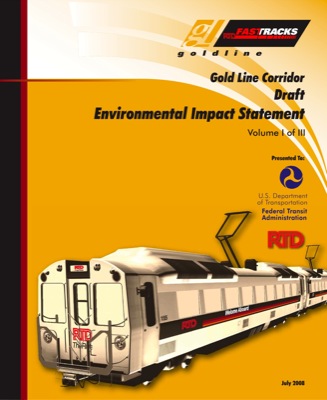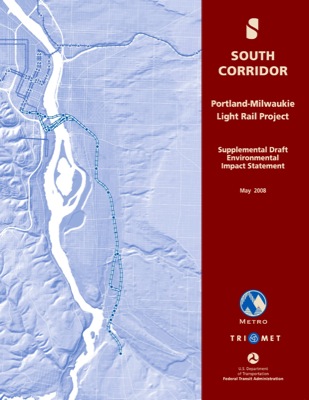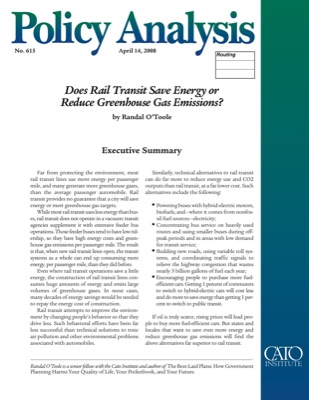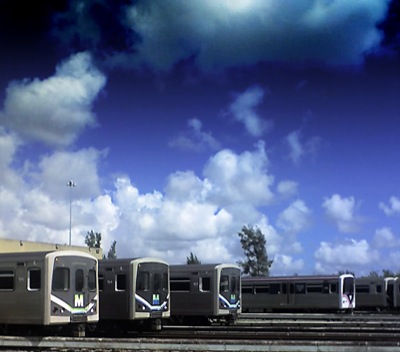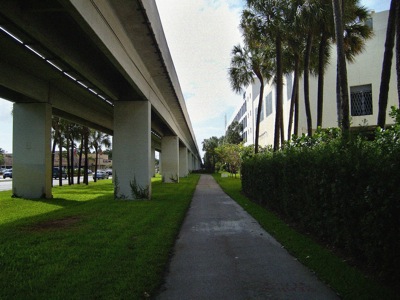The presidential nominating conventions are over, so we can now turn back to more serious business, like debating rail transit. As it happens, Californians will get to vote this November on whether to sell $9 billion worth of bonds to start building high-speed rail from San Francisco to Los Angeles.
With a current total estimated cost of $30 billion ($45 billion when branches to Sacramento and San Diego are included) and rising, California high-speed rail is a megaproject of truly disastrous proportions. As one California writer says, it “would make the Big Dig fiasco in Boston look like a small scoop.”
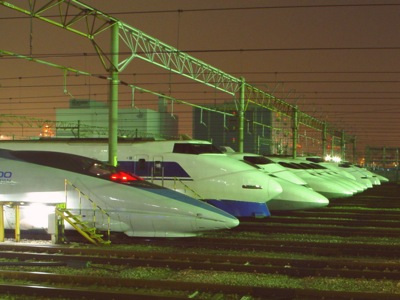
Japanese high-speed trains on display.
Before looking at the California plan in detail, it is worth examining high-speed rail in other countries. The best place to start is Japan, which introduced high-speed rail to the world in 1964.

